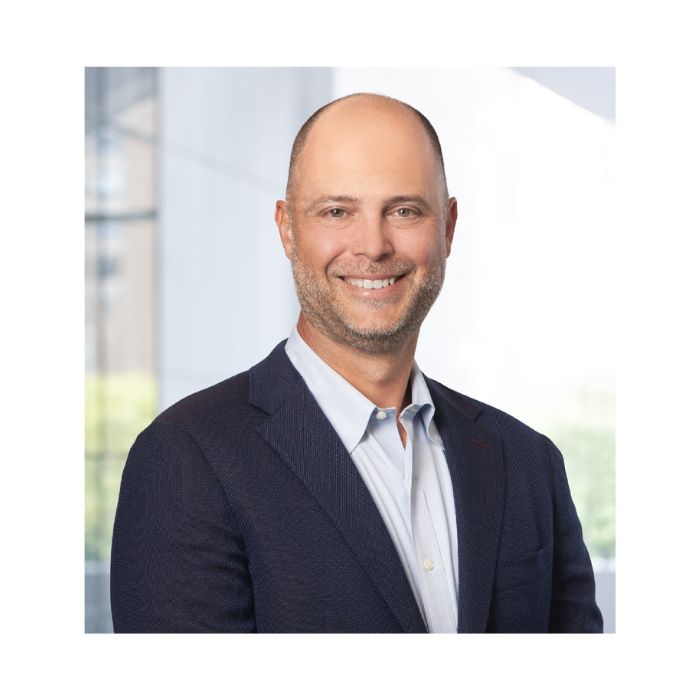
5 minute read
The Three “H’s” of 2024
Trends in Workplace Benefits will Continue to Evolve and the Trend is Employees Driving Coverage Needs in 2024
By Mike Estep President, Group Insurance, Prudential Financial
There have been seismic shifts in workplace benefits over the past few years, but what can you expect in 2024?
The short answer: personalization. The longer answer includes considering different facets of the workforce, what benefits are the most meaningful to them, and how employers can be empowering, educational and engaging.
Heterogeneity
Diversity is not only reshaping an increasingly heterogeneous workforce but also revolutionizing the way companies think about and provide for their employees. As workplaces evolve, so too must their benefits.
Heterogeneity, which refers to a diverse population or culture, is increasingly shaping the world. In the US, there are five generations in the workplace today, each with specific need. Many employers are already diversifying their voluntary benefit options to meet these diverse generations. Baby boomers and Gen Xers are typically more interested in Critical Illness, Hospital Indemnity and Accident. Millennials, currently the largest portion of the workforce, look for things like student loan assistance, life insurance, and paid family or medical leave. And, Gen Z, who are just beginning to make their mark, desire pet insurance, mental health plans, and tuition assistance.
Aside from generational differences, socio-demographic shifts are driving higher demand for caregiving and family planning benefits like adoption, fertility and more.
The expansion of benefits choices demand the need for tailored education and engagement. Consider segmented strategies that are tailored with inclusive solutions, resources, and personalized experiences. By meeting employees where and how they want to be met, you can ensure support during their decision-making processes. We see the best outcomes from just the right blend of personalization and technology, taking a heterogenous workforces’ preferences into consideration.
Holistic Wellness
As diversity takes center stage, so does the importance of holistic well-being. Companies are increasingly exploring benefits that address the unique physical, financial, mental and social challenges faced by employees. Regardless of age, employees have made it clear: they want personalized benefits to support them holistically.
As employers look for ways to ensure their employees are staying healthy and productive, they’re prioritizing the idea of holistic wellness, with mental health often topping the list. After all, 90% of employees report a belief that their employers “have a responsibility to make sure employees are mentally healthy and emotionally well.”
So, what makes a ‘successful’ holistic well-being program? We see positive impacts when employers capitalize on capabilities and products that not only improve physical and mental well-being, but decrease financial concerns, offer greater equity and inclusion, and foster a sense of community at work.
AI and Customer Experience – What’s In it For Me?
AI and technology innovation is at the top of everyone’s minds, but often just leaves more questions in its wake. How is it going to make a difference to employers and their employees? How is it going to make a difference to me?
By harnessing the advancements across the industry, we are not only able to reshape how benefits are delivered, but also can simultaneously expand access and enhance overall customer experiences.
Generative AI gives us access to large portions of data to interpret trends and insights that were not available just a few short years ago. This data can help us refine benefit recommendations for employers and their employees, and even spot anomalies from an administrative perspective. We’re able to act almost as an additional arm for employers’ infrastructures and supplement how much individual support they can offer employees.
These technology innovations and investments drive more meaningful experiences that can help improve return to work outcomes. Evolution IQ, for example, uses data that helps claim managers better manage short and long-term disability claims, expediting claims processes and transforming recovery tracks.
When it comes to benefit decision-making, a process that can at times be cumbersome and confusing, companies like Nayya and Enrollify address the differences in how employees like to make their decisions. They offer digital self-service models and virtual one-on-one counseling, respectively. By having access to a diverse set of support tools, employees are empowered to make the right decisions for their families.
Now What?
Benefit packages are continuously expanding, as are the mandates and challenges for benefit decision makers. Employee finances are under pressure as well as healthcare costs rise. Benefits that fill financial gaps like supplemental health, medical stop loss, and wellness offerings can make all the difference for employee peace of mind and talent retention.

Mike Estep has been head of product for Prudential Group Insurance since 2022, and recently promoted to President of Prudential Group Insurance. Estep has led all aspects of product strategy, including the development of a strategic roadmap for Group’s current and future product portfolio with a focus on customer relevancy and sustainable, profitable growth.
Prior to joining Prudential, Estep led the voluntary benefits business at Symetra, with profit and loss accountability for product, enrollment, strategy and execution. Previously, Estep led the group product and voluntary practice at the Guardian Life Insurance Company. Estep holds a bachelor’s degree in business administration and management from the University of Wisconsin, and an MBA from DePaul University.










